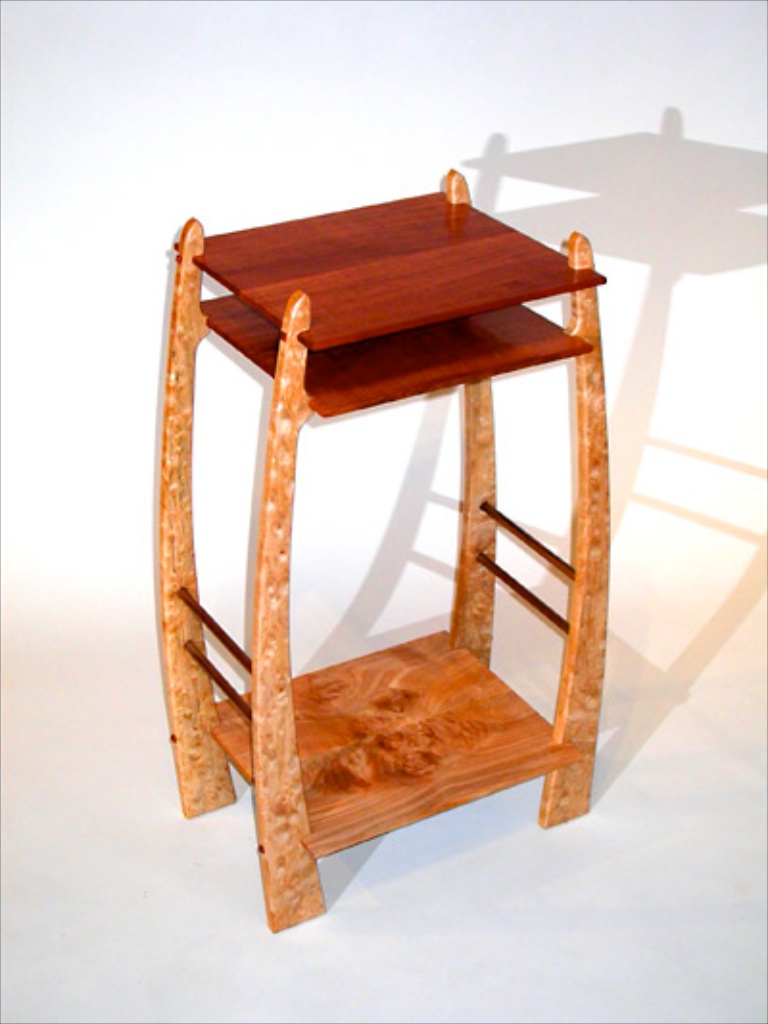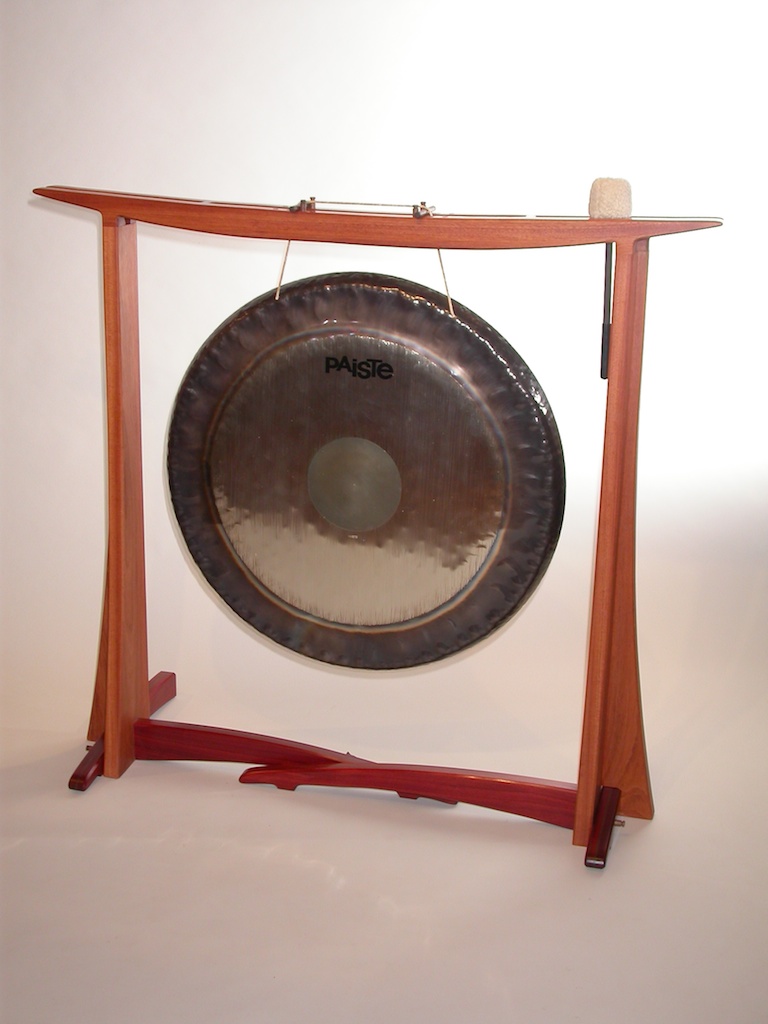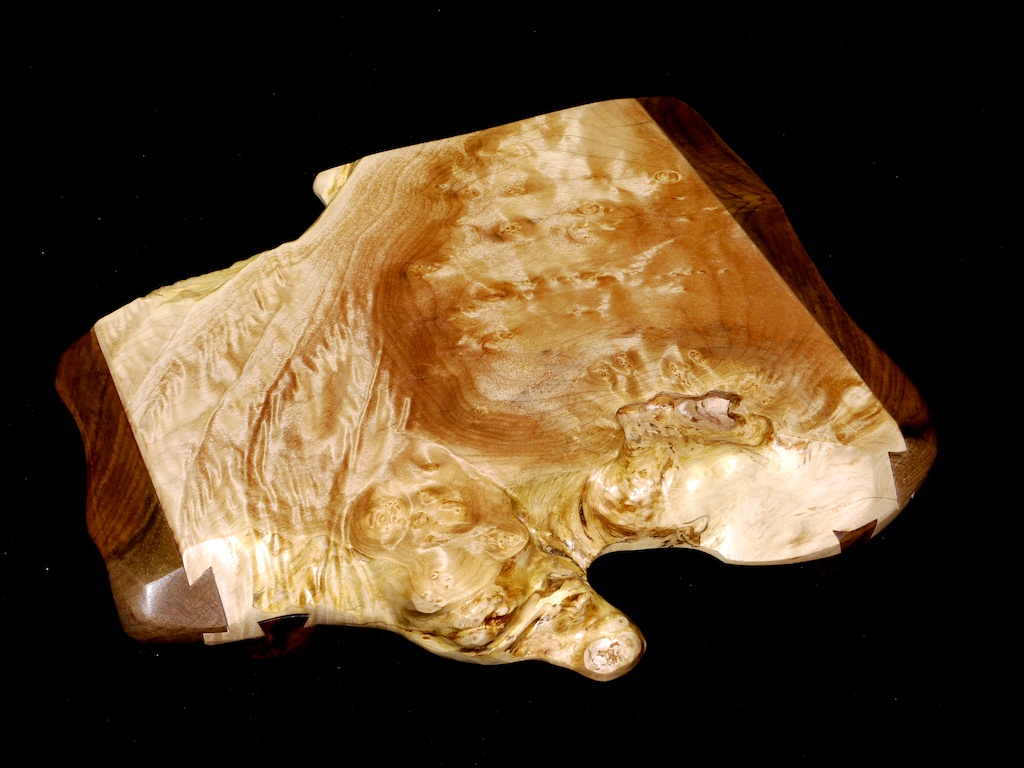The Business of the Arts and Crafts
In this section you will find comments, suggestions and tutorials about how to make a good living doing what you love to do.
 Click image to download the complete "Lessons..." presentationThe starting point is to become part of a robust regional economic development strategy designed to bring potential buyers to your work. My wife and I traveled to the Appalachian region around Asheville, NC, a couple of years ago to see what we could learn about how they had used their arts and crafts tradition so successfully as an economic development lever there. When we returned, we distilled what we learned into a presentation we called "Lessons from Appalachia" that we could present to various interested groups in our region. You may find it beneficial to adapt for your region as well. Here is a quick summary:
Click image to download the complete "Lessons..." presentationThe starting point is to become part of a robust regional economic development strategy designed to bring potential buyers to your work. My wife and I traveled to the Appalachian region around Asheville, NC, a couple of years ago to see what we could learn about how they had used their arts and crafts tradition so successfully as an economic development lever there. When we returned, we distilled what we learned into a presentation we called "Lessons from Appalachia" that we could present to various interested groups in our region. You may find it beneficial to adapt for your region as well. Here is a quick summary:
Another good step is to either join or form a guild focused on helping professional and aspiring artists and artisans learn how to become more successful commerically. In our case, no such guild existed when we came here, so we helped form one called "The Southern Oregon Guild". Because of its unique self-help focus the IRS accorded the Guild 501(c)3 status as a public charity. Through the Guild we were able to acquire and make available some $40,000 worth of specialized photographic equipment including a full professional studio, digital and film based professional cameras and lenses, computers, software, and art printers that allow the members to reach any prospect anywhere in the world, 24/7, in any media. The Guild formed a joint venture with a local community college, Rogue Community College, which had an under-utilized building a couple of blocks from our building. Grant funding coupled with college funds provided a much needed redo and the Guild now operates a co-op gallery and artists' center inside that building.
 Professional quality photos of your work are a must. In order to become juried into a distant show, or to be selected to display in a distant gallery, or to attract an agent, or simply to be able to show a prospect what you can do, you need first-rate photos. The links below include a number of classes I have taught:
Professional quality photos of your work are a must. In order to become juried into a distant show, or to be selected to display in a distant gallery, or to attract an agent, or simply to be able to show a prospect what you can do, you need first-rate photos. The links below include a number of classes I have taught:
1) Photography is all about light - Start with this one which explains the whole process in detail from how our eye sees to the difference between film and digital photography to how to optimize your prints.
2) How to use backdrops and studio lighting - Here you will get an introduction to the proper use of studio strobes and backdrops to enhance your product photos. There is really nothing more critical to a good product photo than an uncluttered background and three or more studio strobes with light boxes.
3) How to use light tents to photograph smaller objects - In this presentation you will learn the ins and outs of using light tents to photograph objects like crystal, jewelry, pottery and sculpture that many find challenging to do well.
4) How to properly use your light meter - Your light meter does not do what you probably think it does. Here you will learn what it really does and how to use that to your advantage.
5) How to prep your photos for printing - Prints of your products are often required as well as providing an easy-to-browse portfolio for your customers and prospects. The problem is that it is often hard to get a printed version of a photo that looks to you like the image you see on your computer screen. In this presentation you will learn why and what to do so your prints evoke the same emotion you see on the screen.
6) The difference between film and digital cameras - It is tempting to think of them as one in the same. They are not and it is important to know what the differences are so you can use the right one for the right circumstances.





